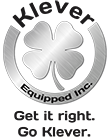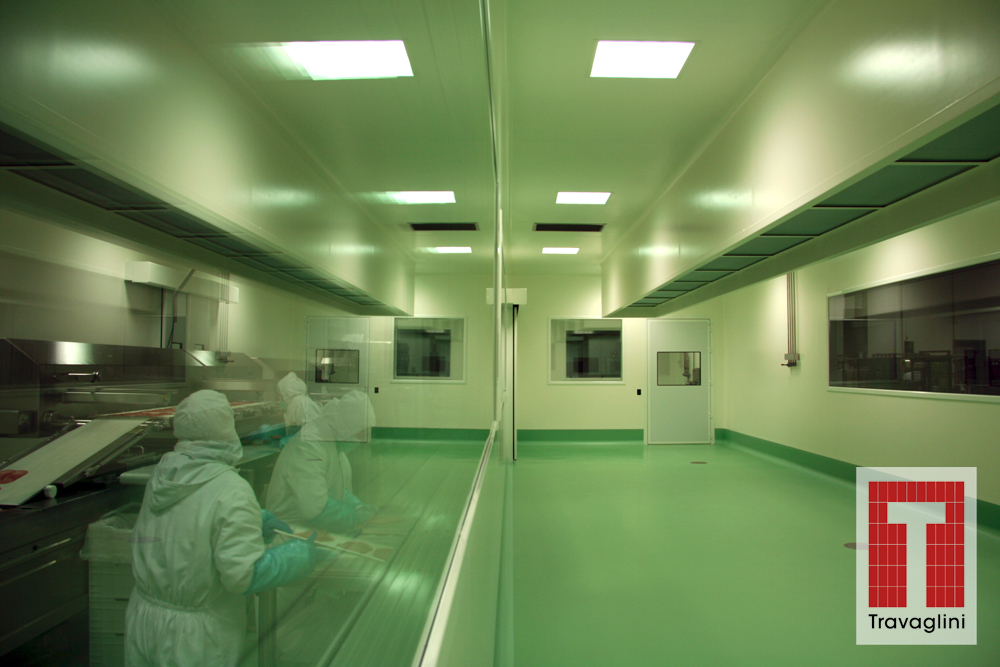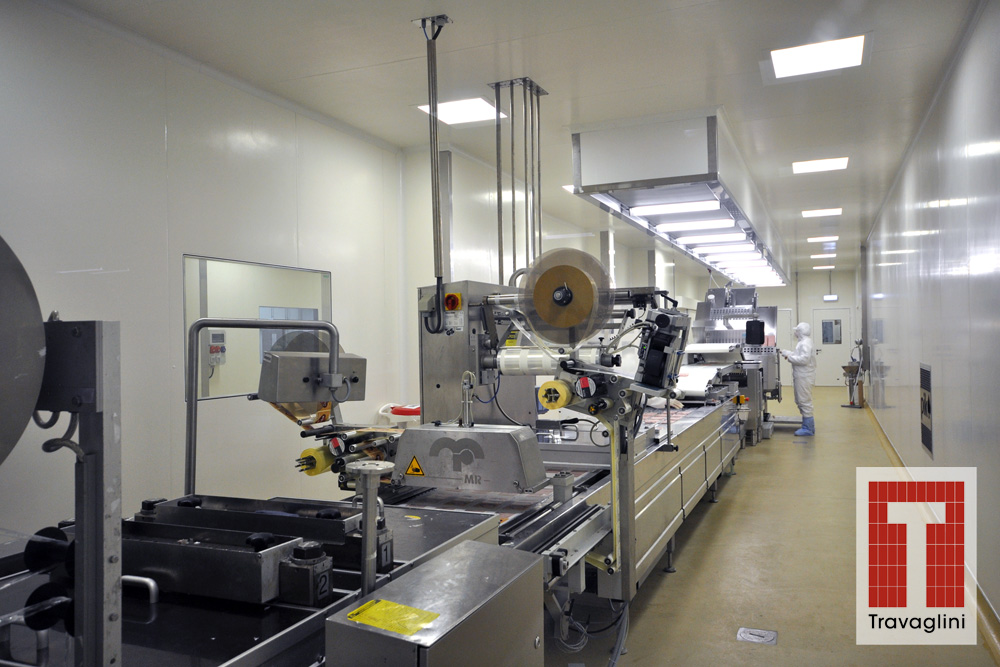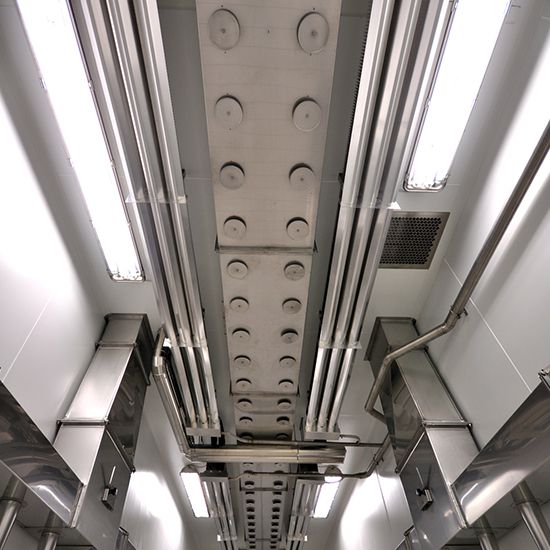Food safety is a non-negotiable priority in today’s fast-paced production environments. Whether you’re packaging ready-to-eat meals, processing smoked delicacies, or creating fresh-cut produce, maintaining a contaminant-free environment is essential. Cleanroom and pressurized room are two popular solutions for controlling contamination. While both have their merits, cleanrooms stand out as the superior choice, offering unparalleled protection against airborne contaminants and pathogens like Listeria monocytogenes.
What is Travaglini Cleanroom?
A Travaglini cleanroom is a specially designed environment that maintains strict control over air quality, particulate levels, and contaminants. Certified under ISO standards, Travaglini cleanrooms are equipped with advanced features like HEPA filters, positive air pressure, and controlled entry points to minimize the risk of microbial and airborne contamination.
What is a Pressurized Room?
A pressurized room, on the other hand, focuses primarily on maintaining air pressure to control airflow. It uses positive or negative air pressure to manage contamination risks, but it does not offer the same level of particle control or cleanliness as a cleanroom.
Cleanroom vs. Pressurized Room: The Key Differences
| Feature | Cleanroom | Pressurized Room |
| Air Quality Control | ISO-certified particle control with HEPA filtration. | Limited to pressure regulation, no advanced filtration. |
| Pathogen Elimination | Removes 99.97% of airborne particles, including pathogens like Listeria. | May reduce contamination but lacks precision for particle removal. |
| Cross-Contamination Prevention | Strict zoning, positive air pressure, and controlled entry points. | Relies solely on airflow, higher contamination risk. |
| Compliance | Meets strict ISO standards for food safety. | May not meet ISO cleanliness standards. |
| Versatility | Suitable for food, pharmaceuticals, and electronics. | Primarily used in simpler applications like airflow control. |
Why Travaglini Cleanroom are Better for Food Safety
1. Superior Air Quality Management
Cleanrooms use HEPA filters to remove 99.97% of airborne particles, including dust, microorganisms, and aerosolized Listeria. This level of filtration ensures that the air inside the cleanroom remains pristine, reducing the risk of cross-contamination during food processing.
2. Enhanced Protection Against Listeria
Listeria monocytogenes thrives in cold, moist environments and can become airborne through water droplets or dust. Cleanrooms are designed to eliminate these risks through strict humidity control, air filtration, and regular environmental monitoring.
3. Controlled Zones for High-Risk Areas
Cleanrooms feature segregated zones with controlled airflow to isolate high-risk areas, such as raw food handling sections. This prevents contaminants from traveling between zones, ensuring maximum food safety.
4. Compliance with Food Safety Standards
Cleanrooms adhere to ISO classifications (e.g., ISO 5, ISO 7), ensuring that air cleanliness levels meet stringent regulatory requirements. This gives food manufacturers confidence in their ability to produce safe, high-quality products.
5. Positive Air Pressure for Contamination Control
Cleanrooms maintain positive air pressure, which forces clean air out of the room whenever doors are opened. This prevents external contaminants from entering, unlike pressurized rooms, which may not have this level of precision.
6. Versatility Beyond Food Processing
While pressurized rooms are often limited to controlling airflow, cleanrooms offer applications across industries like pharmaceutical manufacturing, electronics production, and biotechnology, making them a more versatile investment.
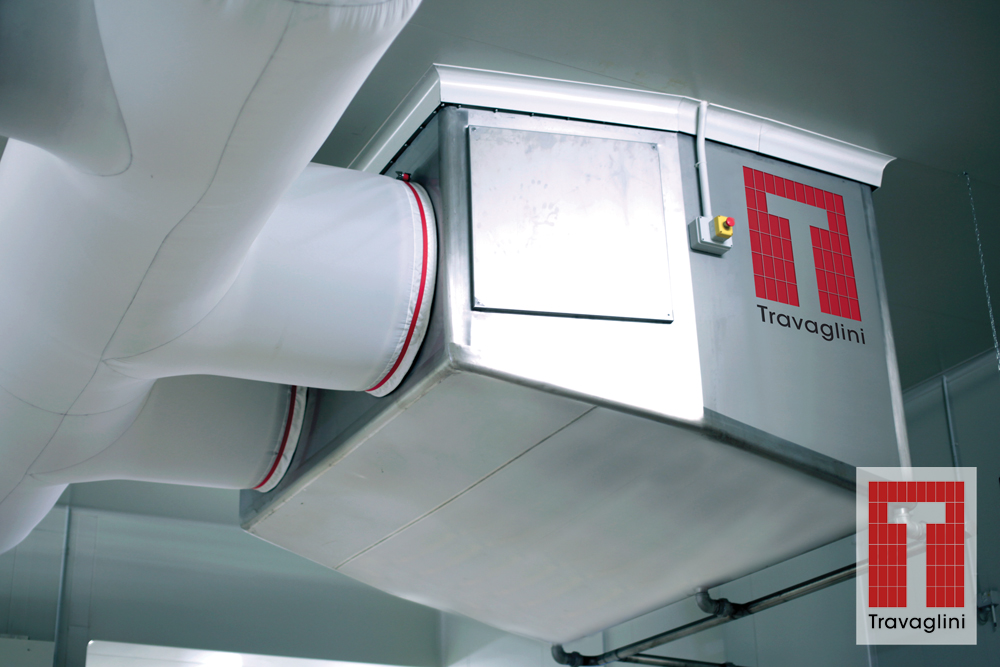 Travaglini Cleanroom Advantages at a Glance
Travaglini Cleanroom Advantages at a Glance
- ISO-certified air quality.
- Advanced HEPA filtration.
- Superior pathogen control, including Listeria.
- Better cross-contamination prevention.
- Reliable compliance with food safety regulations.
Conclusion
When it comes to food safety, cleanrooms clearly outshine pressurized rooms. Their ability to control air quality, eliminate airborne pathogens, and ensure compliance with stringent regulations makes them the ideal solution for modern food production.
If you’re ready to elevate your food safety standards and protect your customers, it’s time to invest in cleanroom technology. Get It Right Go Klever.
Contact us today and learn more about Travaglini Cleanroom:
Email: info@goklever.com
